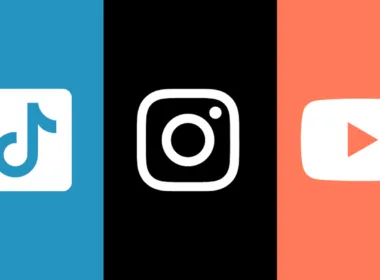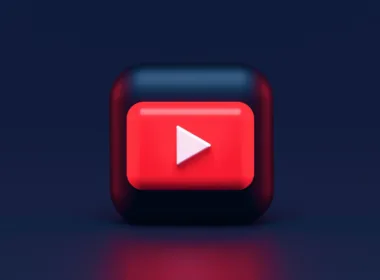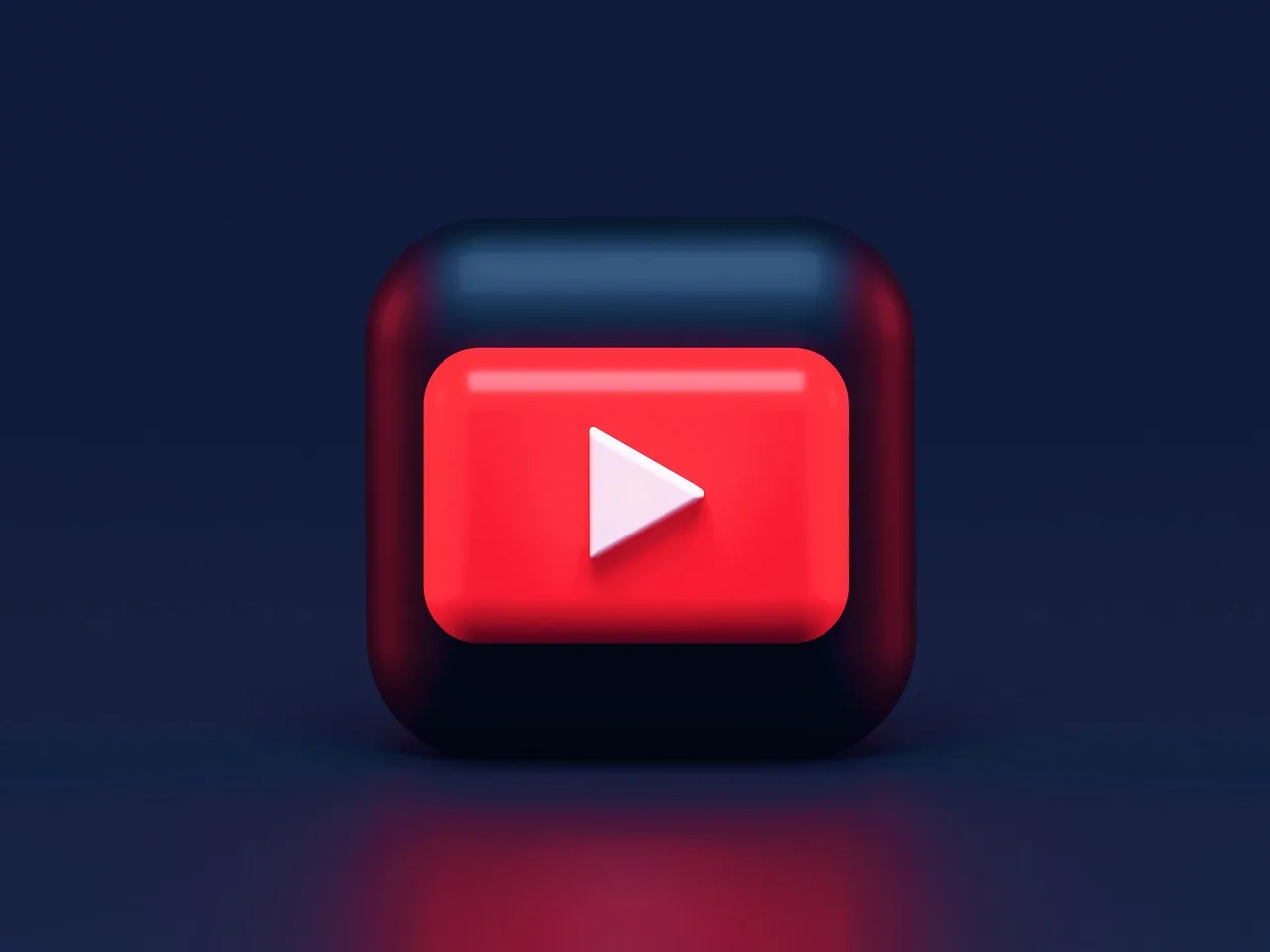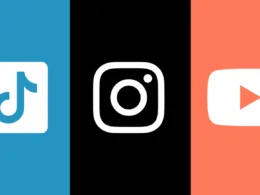YouTube automation is a lucrative way to earn money online without showing your face or using your voice. This guide will take you through the entire process from concept to monetization, covering every essential step in depth.
What is YouTube Automation?
YouTube automation involves creating and running YouTube channels where much of the content creation process is outsourced or automated. This method allows you to manage multiple channels or focus on scaling one without requiring significant personal involvement in video creation. You act as a manager, ensuring everything runs smoothly, while leveraging external resources to handle tasks like scriptwriting, voiceovers, editing, and uploading.
Steps to Get Started with YouTube Automation
1. Select a Profitable Niche
Choosing the right niche is critical for success. A niche defines your target audience and the type of content you will create. Popular and profitable niches include:
- Travel: Travel guides, tips, and experiences inspire those looking to explore the world.
- Technology: Tutorials, product reviews, and tech news are evergreen topics that attract tech enthusiasts.
- Finance: Personal finance, investing tips, and money-saving strategies cater to a wide audience aiming to improve their financial literacy.
- Health and Fitness: Workout routines, healthy recipes, and mental wellness tips appeal to a health-conscious demographic.
- Entertainment: Content such as top 10 lists, celebrity news, or meme compilations offers a light-hearted escape for viewers.
How to Research a Niche:
- Assess Monetization Potential: Look for niches that allow for ad revenue, sponsorships, and affiliate marketing opportunities.
- Analyze Competition: Search existing channels in your niche to gauge demand and identify gaps.
- Use Tools: Platforms like Google Trends, vidIQ, and TubeBuddy help identify trending topics and keywords.
2. Plan Your Content Strategy
A well-defined content strategy sets the foundation for your channel’s growth and monetization.
- Video Types: Decide on the style of your videos, such as compilations, listicles, tutorials, or reviews. For example, a finance channel might focus on “Top 5 Investment Tips” videos, while a tech channel could do “Best Budget Gadgets of 2024.”
- Upload Schedule: Consistency is key. Commit to a realistic upload frequency, such as 1-2 videos per week, to maintain audience interest.
- Content Length: Videos between 8-15 minutes tend to perform well as they balance viewer retention and ad placement opportunities. Avoid filler content; focus on delivering value.
Example Strategy: If you choose the fitness niche, your strategy could include weekly uploads alternating between workout tutorials, healthy meal prep videos, and motivational content.
3. Gather Tools for Content Creation
The right tools simplify and enhance your content creation process.
- Scriptwriting: AI tools like ChatGPT and Jasper can generate engaging scripts tailored to your audience. Customize these scripts to match your niche and voice.
- Text-to-Speech (TTS): Use tools like Murf.ai, Speechelo, or ElevenLabs for professional-grade, natural-sounding voiceovers.
- Stock Footage: Sources like Pexels, Pixabay, and Storyblocks provide royalty-free images and videos to enrich your content.
- Video Editing: Platforms like Canva, InVideo, or DaVinci Resolve allow you to create polished videos with transitions, animations, and effects.
- Thumbnail Design: Eye-catching thumbnails are crucial. Canva offers user-friendly templates, while Photoshop gives you advanced customization options.
Pro Tip: Invest in a premium TTS tool and stock footage subscription to elevate your video quality and save time.
4. Create Your Channel for Youtube Automation
- Sign Up on YouTube: Use a Google account to create your channel. Ensure you choose a name aligned with your niche, such as “TechPulse” for a technology channel.
- Optimize Your Channel:
- Channel Name: Reflects your niche and is easy to remember.
- Channel Art and Logo: Design professional branding using Canva or hire a freelancer.
- About Section: Craft a concise and keyword-rich description outlining your channel’s purpose and target audience.
Example: For a travel channel, your description might include phrases like “explore budget-friendly destinations” or “travel hacks for adventure seekers.”
5. Develop Video Content for Youtube Automation
Content creation is the heart of your channel’s success.
- Research Topics: Use tools like vidIQ or TubeBuddy to identify high-ranking keywords and trending topics in your niche.
- Write Scripts: Develop engaging scripts that blend storytelling with informative content. Ensure scripts have a clear structure: introduction, main points, and conclusion.
- Produce Videos:
- Use TTS software for voiceovers.
- Incorporate high-quality stock footage and background music that complements your theme.
- Edit with professional software, adding transitions, text overlays, and call-to-action elements to retain viewer interest.
- Design Thumbnails: Bold, vibrant thumbnails with minimal text boost click-through rates. Focus on clarity and intrigue.
Example Workflow: For a tech video, your process could involve sourcing footage of gadgets, using TTS to narrate features, and highlighting specs with text overlays.
6. Upload and Optimize Videos
Uploading and optimizing videos ensures they reach the right audience.
- Title: Write compelling titles with primary keywords, e.g., “Top 5 Budget Smartphones in 2024.”
- Description: Include a detailed summary with secondary keywords and links to affiliate products, related videos, or social media.
- Tags: Use relevant tags to enhance discoverability. Tools like vidIQ can suggest effective tags.
- Thumbnails: Upload your custom thumbnail that aligns with your video’s theme.
Pro Tip: Test different titles and thumbnails to see which combinations perform best.
7. Monetize Your Channel
Achieving monetization unlocks your earning potential.
- YouTube Partner Program (YPP): Meet the requirements of 1,000 subscribers and 4,000 watch hours within 12 months to apply.
- Affiliate Marketing: Embed affiliate links in descriptions and earn commissions from sales.
- Sponsorships: Partner with brands to feature their products in your videos for a fee.
- Merchandise: Create and sell custom merchandise related to your niche through platforms like Teespring.
Example Revenue Streams: A fitness channel could monetize via workout gear affiliate links, sponsored protein brands, and custom apparel sales.
8. Scale Your Channel
Scaling allows you to multiply your revenue streams.
Expand to Multiple Channels: Once you’ve mastered one niche, replicate the process in other niches to diversify income.
Outsource Tasks: Hire freelancers for repetitive tasks like scriptwriting, voiceovers, and editing. Platforms like Fiverr and Upwork are ideal.
Analyze Performance: Use YouTube Analytics to monitor views, watch time, and audience demographics. Adjust your content strategy based on data.
9. Tips for Long-Term Success
- Consistency: Build audience trust by uploading regularly.
- Engage with Viewers: Respond to comments and create community posts to foster loyalty.
- Stay Updated: Adapt to YouTube’s algorithm changes and new trends to maintain relevance.
Pro Tip: Join YouTube Creator communities to exchange ideas and learn from experienced creators.
By following this comprehensive guide, you can build and grow a profitable YouTube automation channel. Dedication, strategic planning, and consistent effort will pave the way for sustainable passive income.














